Museum Award 2024
WINNERS
A joint project, William Morris Gallery and National Life Stories
Women In Print: Sarah Campbell
An audio recording of the British textile designer, Sarah Campbell
£4,868
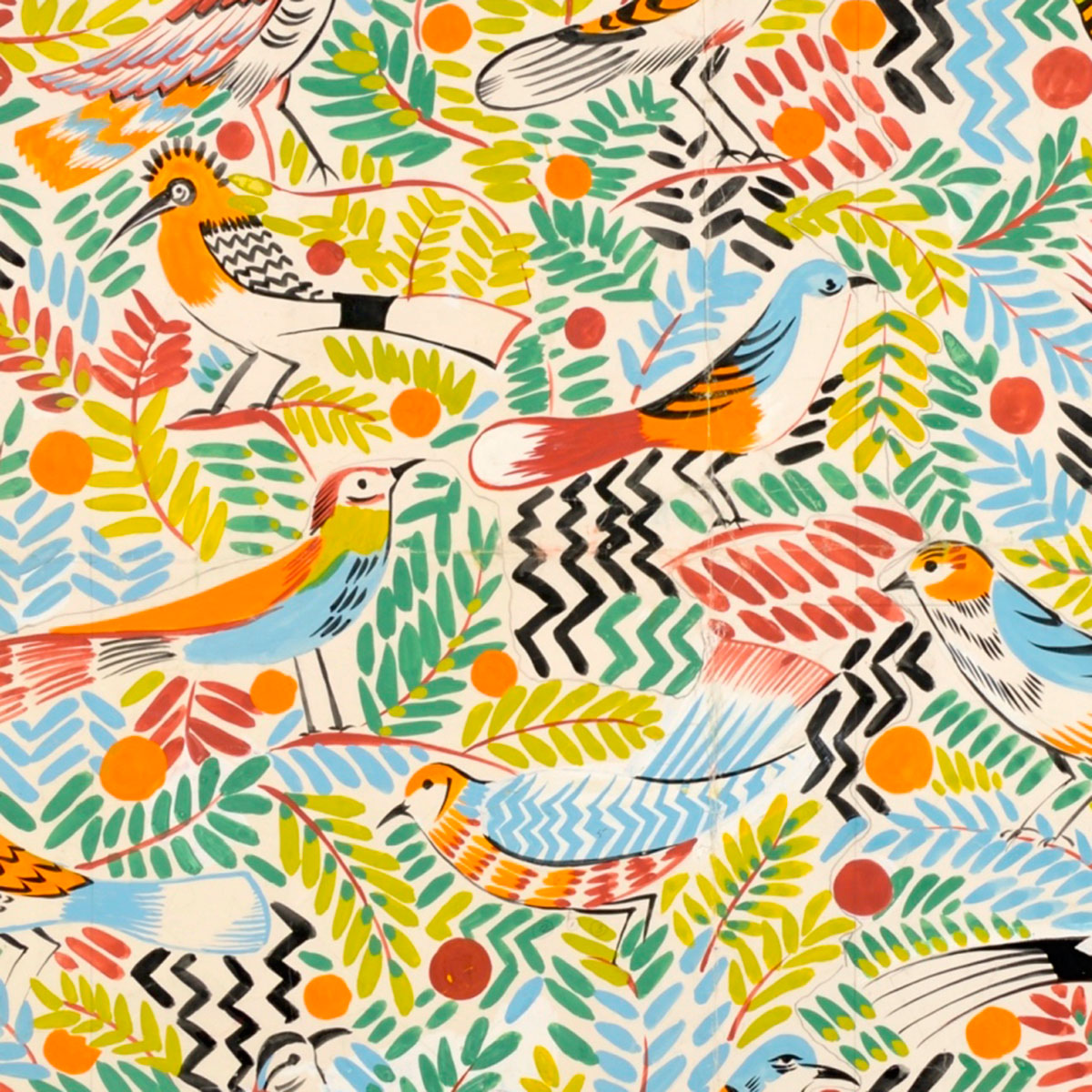
Egyptian Birds design for Habitat, 1976 © Sarah-Campbell
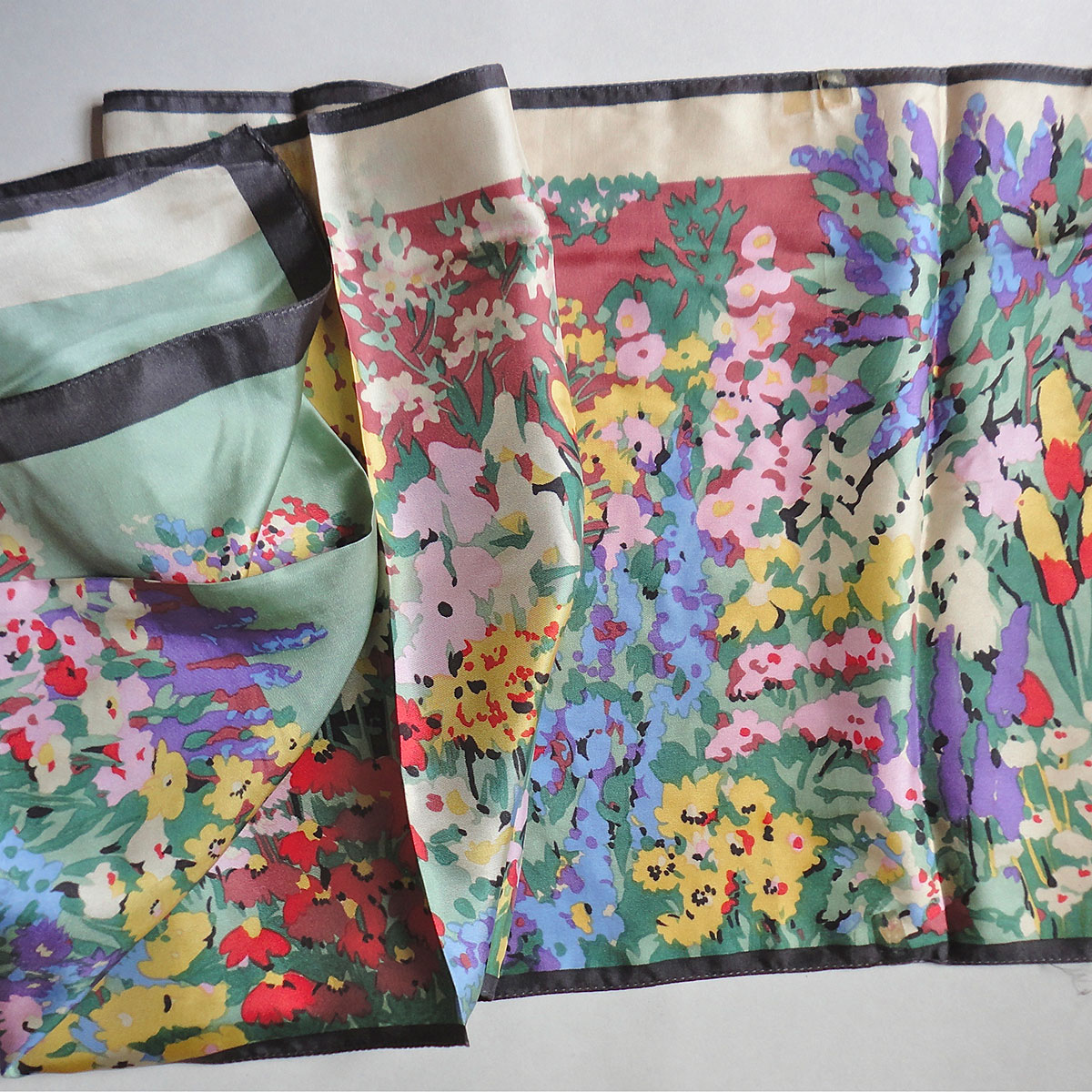
Herbaceous Border silk scarf for Liberty © Sarah-Campbell
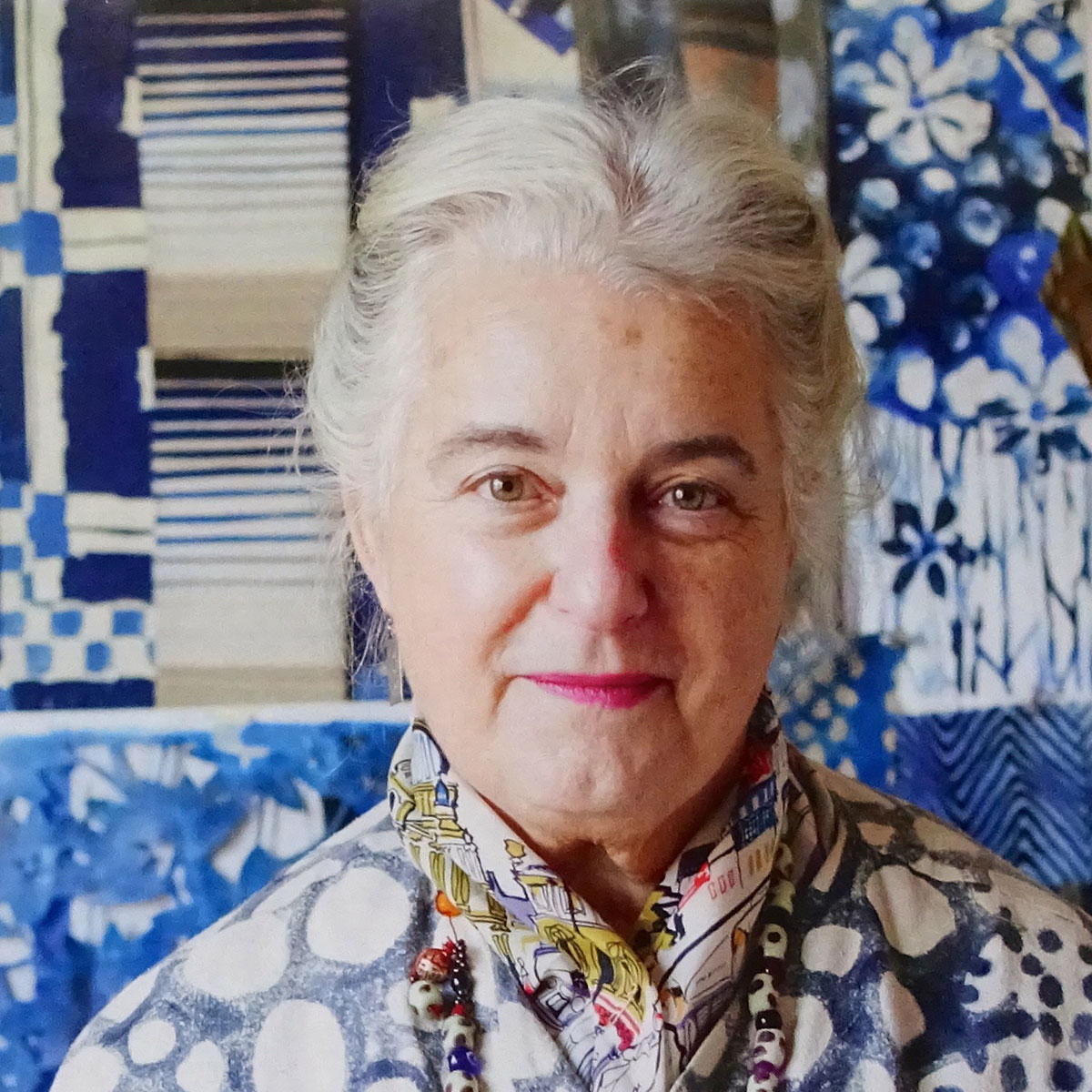
Sarah-Campbell portrait © Homes and Antiques magazine
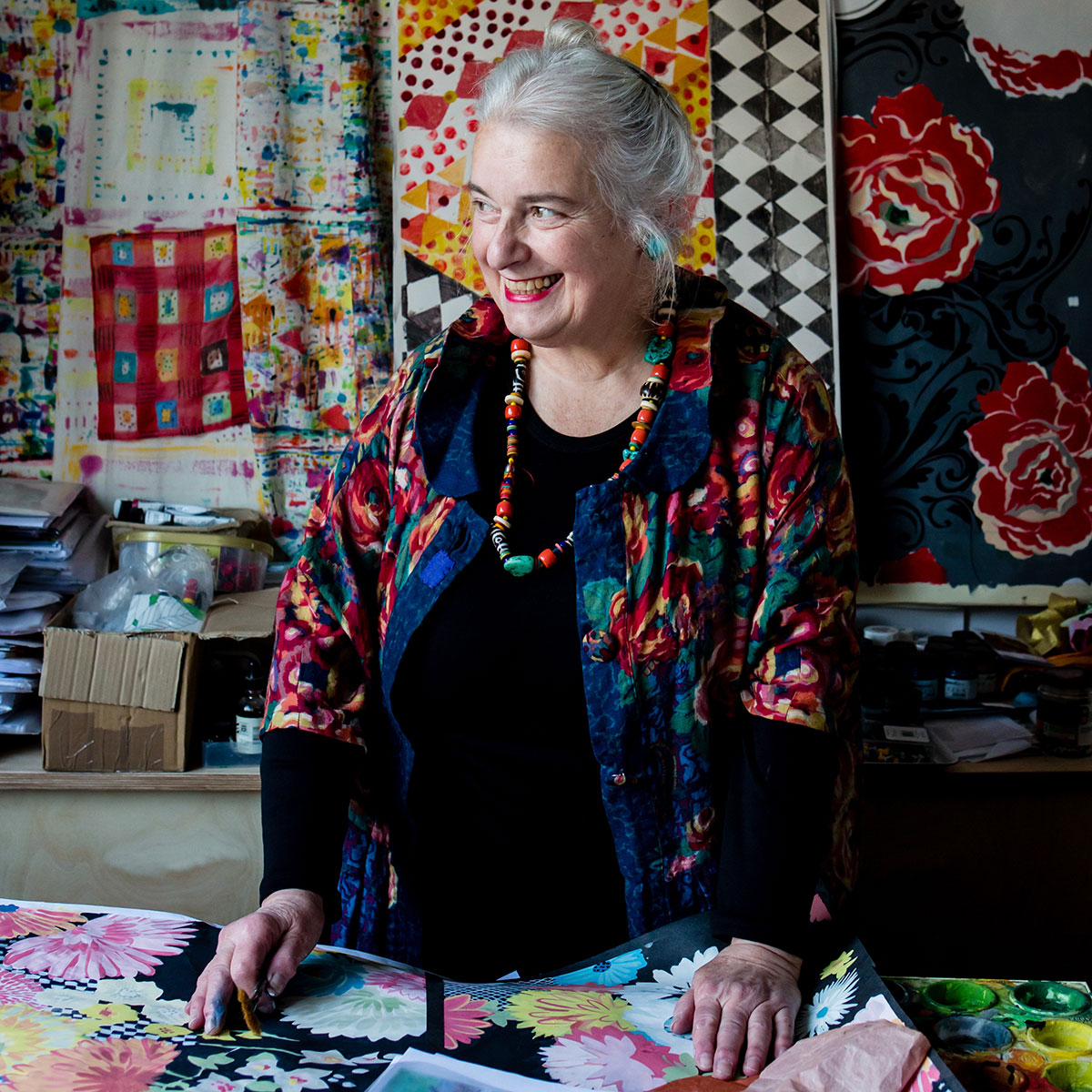
Sarah-Campbell portrait © Louise Haywood-Schiefer
The recording will form part of Design Lives, National Life Stories oral history archive held by the British Library, and will be available online for worldwide access. Supported by the William Morris Gallery, funding will cover the production of a high quality life story interview with Sarah by an experienced oral historian, and archival processing to catalogue and store the recording, in perpetuity, in the Design Lives collection in the British Library Sound Archive.
The partnership of sisters Susan Collier and Sarah Campbell needs no introduction to followers of British printed textile design innovation in the post-war period. The partnership began informally when Sarah was a student at Chelsea College of Art, and then formally during Susan’s time as Head Design Consultant at Liberty. Working collaboratively, they created a unique and exuberant signature style that defined the Liberty look of the 1970s.
The Collier Campbell company was founded in 1975 on the strength of sales successes at Liberty and high profile fashion commissions. A longstanding relationship with Habitat, begun in 1976 and developed through the 1980s, led to their business developing client-specific furnishing fabrics including their 1986 commission to design carpets for Gatwick’s new North Terminal.
The duo maintained control of their creative process and the copyright of their work. Their independence brought plaudits and prizes, notably the 1984 Design Council Award and Prince Philip Designers Prize (chaired by the Duke of Edinburgh) for a collection which included the classic Cote d’Azur pattern. Their work continued to develop through new clients (Marks & Spencer, John Lewis Partnership, Debenhams) together with numerous USA licences until Susan’s death in 2011.
Sarah continues to work as a colourist and designer, including a recent collaboration with Anthropologie (2023). She is also a writer and teacher running regular pattern making courses. Through her teaching Sarah campaigns for the value of printed textiles as a dynamic, commercially resilient and relevant artistic medium.
Capturing Sarah’s life story will reveal a life working for industry through a print designer’s lens. Themes could include design as an individual and collaborative process, the use of technological tools, technicalities of print conversion, the changing status of women designers during the 20th century and the pressures of merchanting and marketing.
Jane Austen’s House
Conserving Cassandra’s Handkerchief
£1,200

© Jane Austen′s House
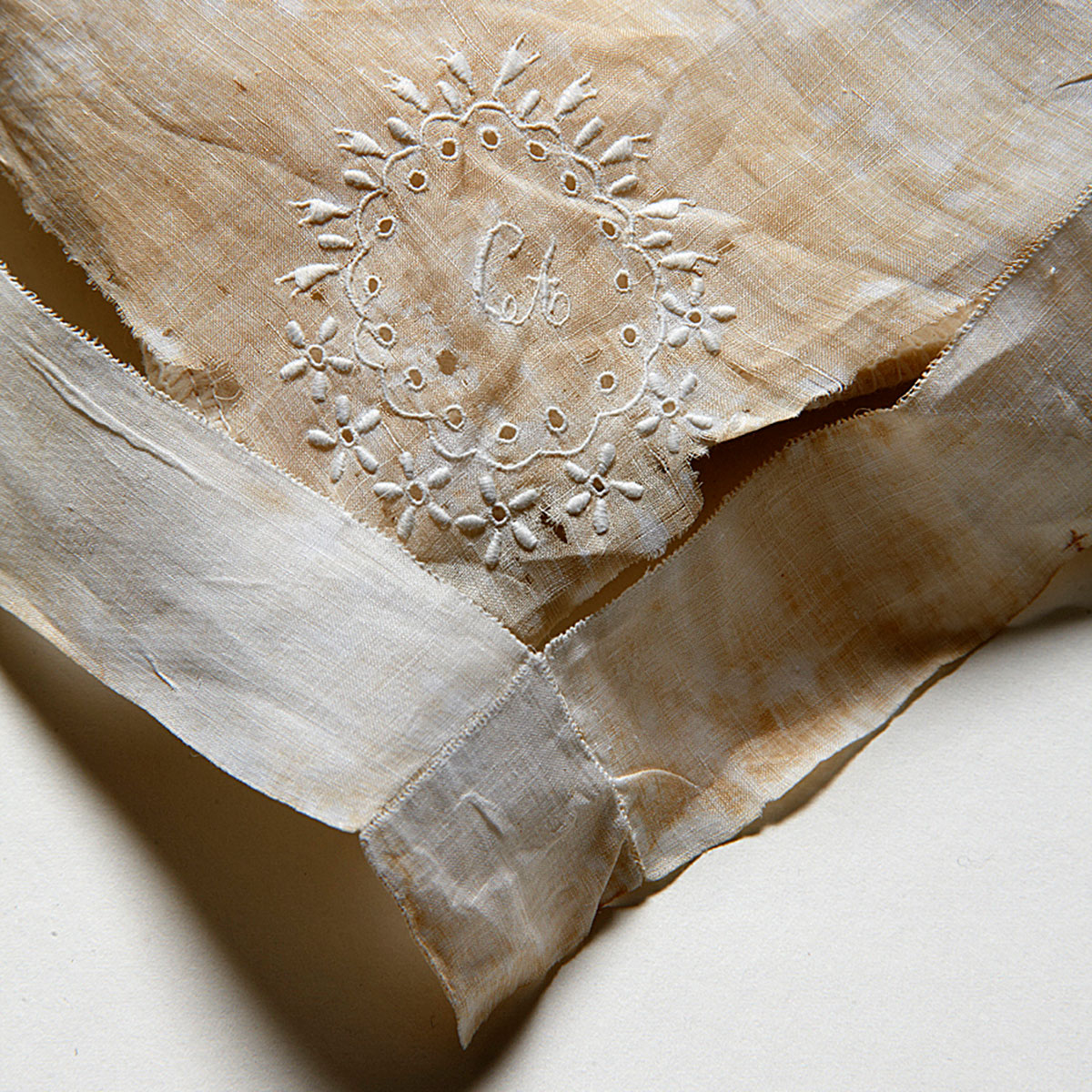
Cassandra Austen’s embroidered handkerchief © Jane Austen’s House, Chawton
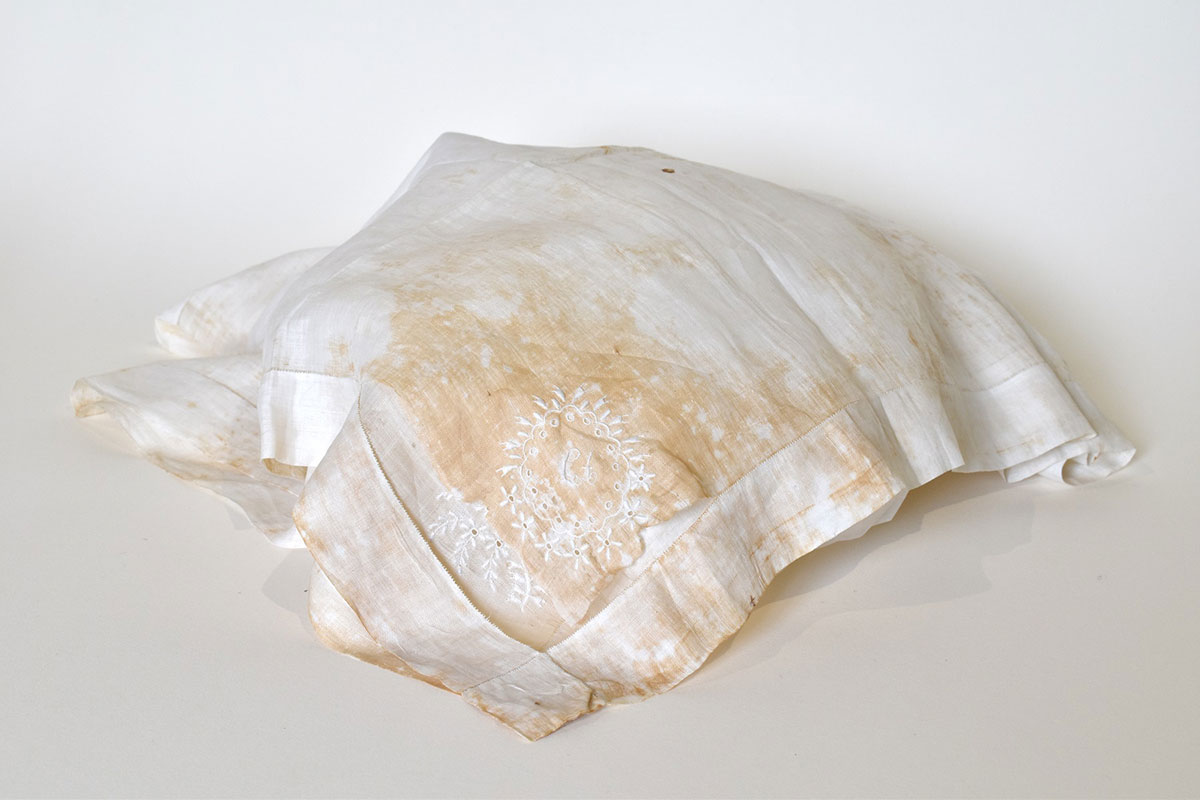
Cassandra Austen’s embroidered handkerchief © Jane Austen’s House, Chawton
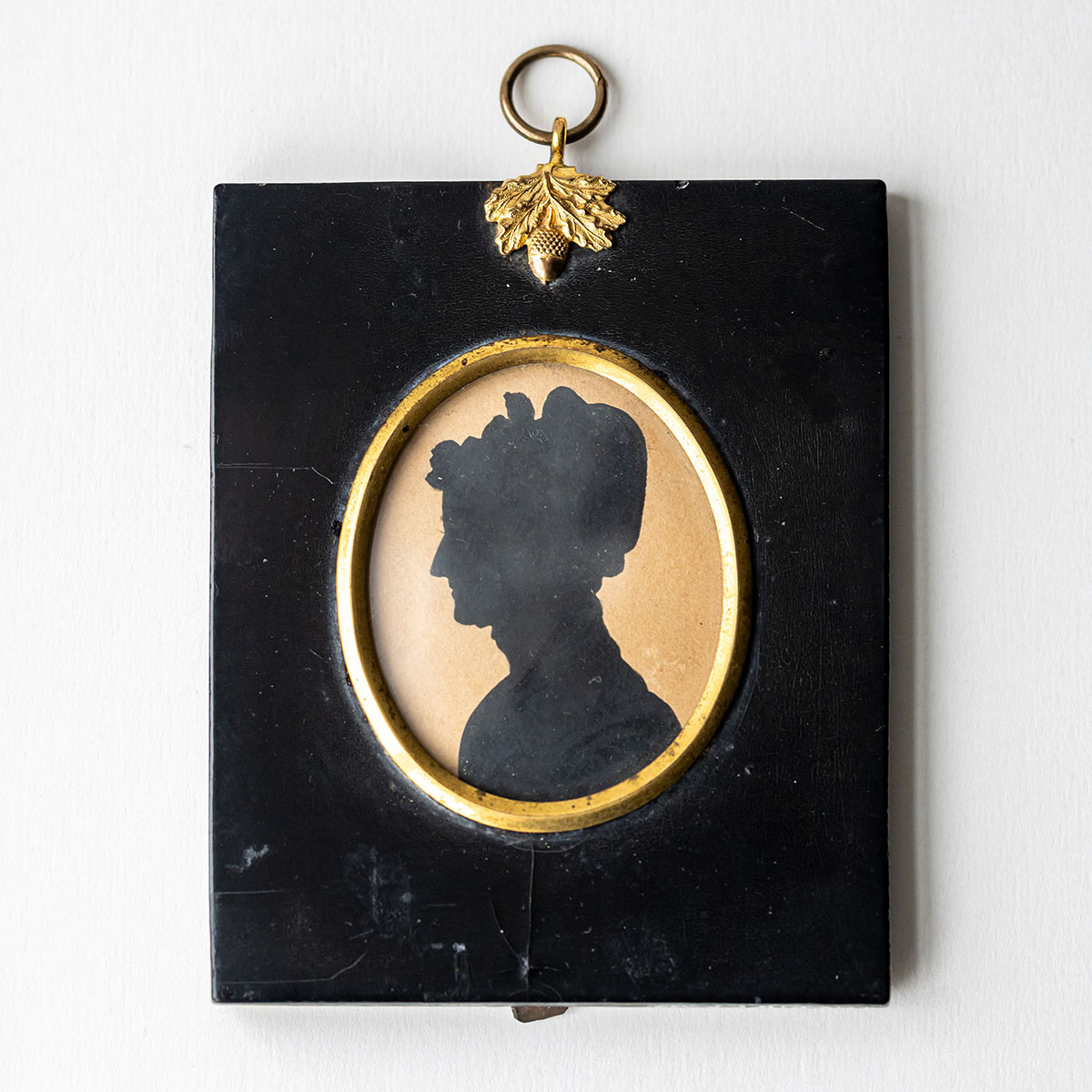
Silhouette of Cassandra Austen © Jane Austen’s House, Chawton
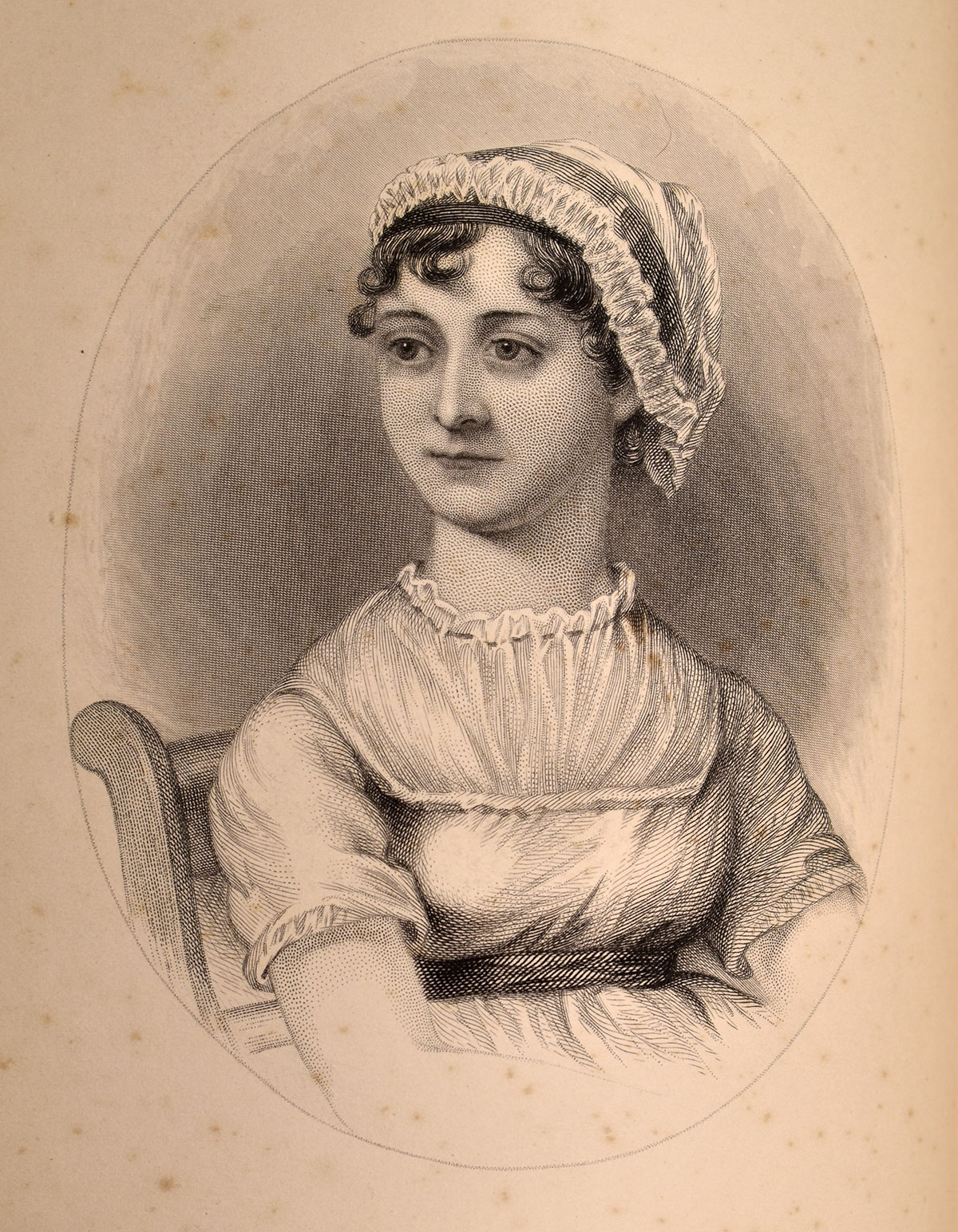
Steel engraving of Jane Austen after a sketch by Cassandra Austen, from A Memoir of Jane Austen (Richard Bentley, London, 1870) © Jane Austen′s House, Chawton
Jane Austen is one of the UK’s most important literary figures. Her words resonate throughout generations and around the world. At her home in Chawton, Hampshire, she revised, wrote and published her six novels including Pride and Prejudice and Sense and Sense Sensibility. Her home is now an historic house museum. Among the museum’s small collection of items owned or made by Jane Austen herself is a delicate linen handkerchief which she lovingly embroidered and gifted to her sister Cassandra.
This unique object is in urgent need of conservation prior to display in the museum’s Jane Austen 250 celebrations next year, an international year of events marking the 250th anniversary of Jane’s birth. The only handkerchief hand stitched by Jane in the public realm, this object is a key part of her story. It demonstrates her skill and creativity beyond her storytelling genius. Cassandra treasured this item as a memento of her sister and it is now a relic treasured by Jane’s contemporary fans.
Alongside essential conservation, funding will enable specialists to study and research its material and manufacture. Conserving Cassandra’s handkerchief represents a unique opportunity to better understand Jane’s material world, and that of her characters, through a tangible object. Global online access to the object record will be improved and updated and new interpretation will reveal more about Jane and her world.
Preston’s Harris Museum, Art Gallery & Library
Harris Your Place; a project to restore and reimagine The Harris as a community, cultural and learning space
£1,300
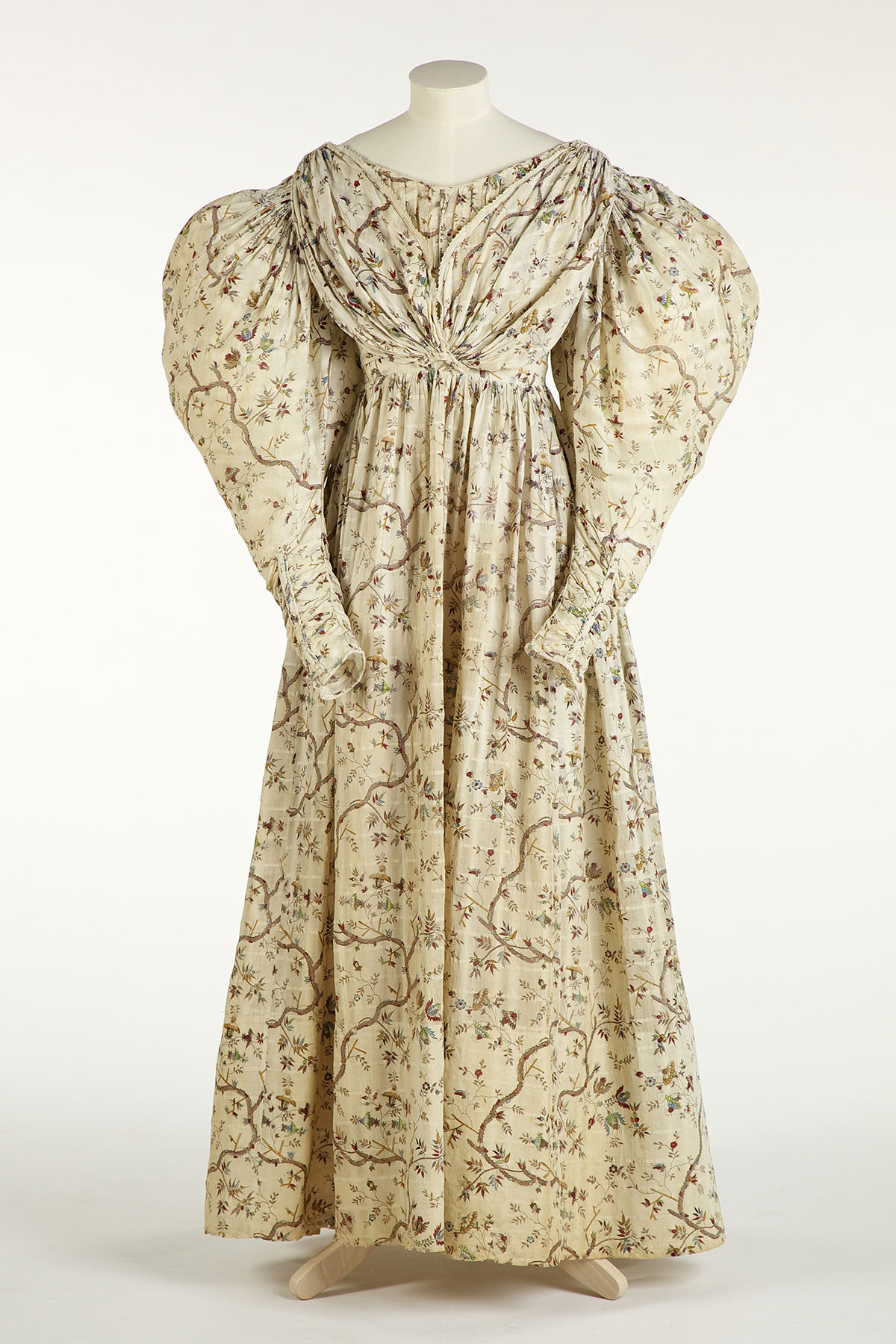
1830s cotton dress © The Harris Museum, Art Gallery & Library, photographed by Simon Critchley
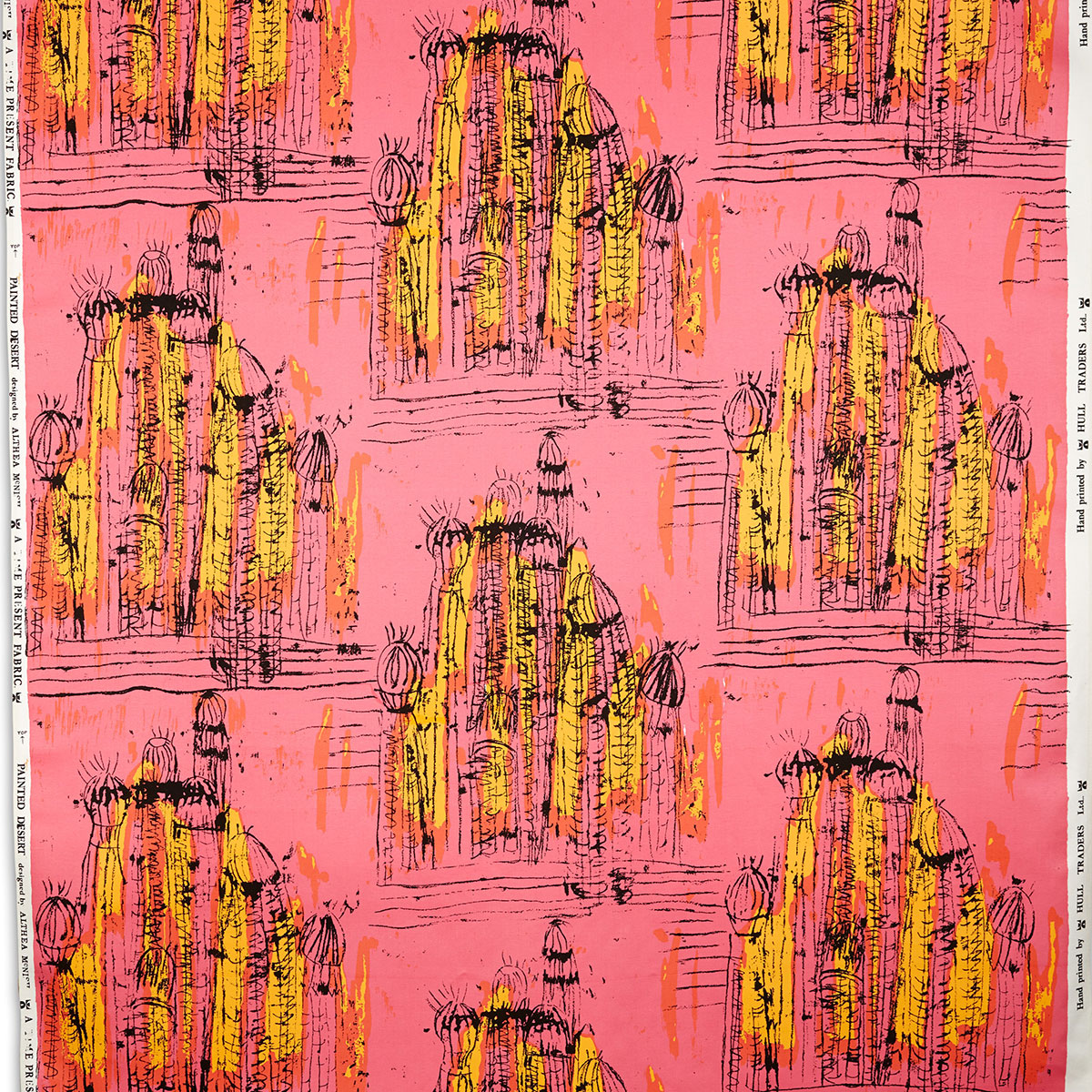
1950s printed textile Painted Desert Althea McNish © The Harris Museum, Art Gallery & Library, photographed by Simon Critchley
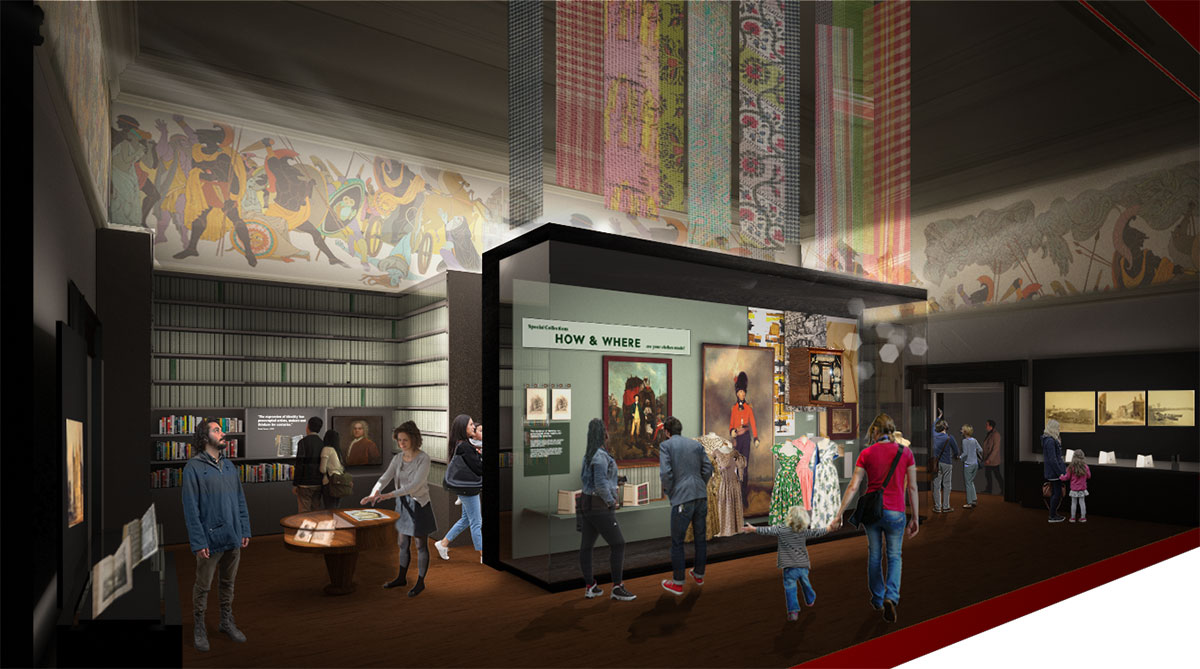
Artists rendering of the Special Collections Gallery
Harris Your Place is a major capital project set to re-open in Spring 2025. Inventive changing displays will give access to remarkable fine, decorative and contemporary arts, museum and book collections, telling stories of The Harris, Preston and the World. New displays of historic textiles will provide valuable insights into textile production past and present, highlighting the craftsmanship and global connections in the textile industry, particularly between Lancashire and the cotton plantations of America. Post 1950s textiles will demonstrate how modern textile design has evolved, reflecting cultural and societal changes, celebrating creativity and diversity through textiles.
A new Special Collections Gallery will house fashion, textiles and books. Funding will support the conservation of a 1830s dress, woven in Lancashire from American-imported cotton. The dress fabric features a copper plate and wood block printed design inspired by Indian chintz. The dress will be displayed alongside a complete set of books by John Forbes Watson Textile Manufactures of India, connecting the cotton trade from America to Preston and British Occupied India. An 1830s print Cuffey’s Description of the Progress of Cotton will be displayed with the dress, this misleading depiction of enslaved workers will be reinterpreted by local community groups.
At the heart of The Harris is the iconic Ground Floor Rotunda, a social space where visitors can explore connections with the museum and its collections. Funding will support the conservation and mounting of a textile by Althea McNish, one of Britain’s leading textile designers in the 1950s and 60s and one of the first designers of African-Caribbean descent to gain international recognition. Painted Desert, one of her early works, will be displayed in a Rotunda impact case, highlighting the diversity of the collection and celebrating McNish as a Black British female designer.

